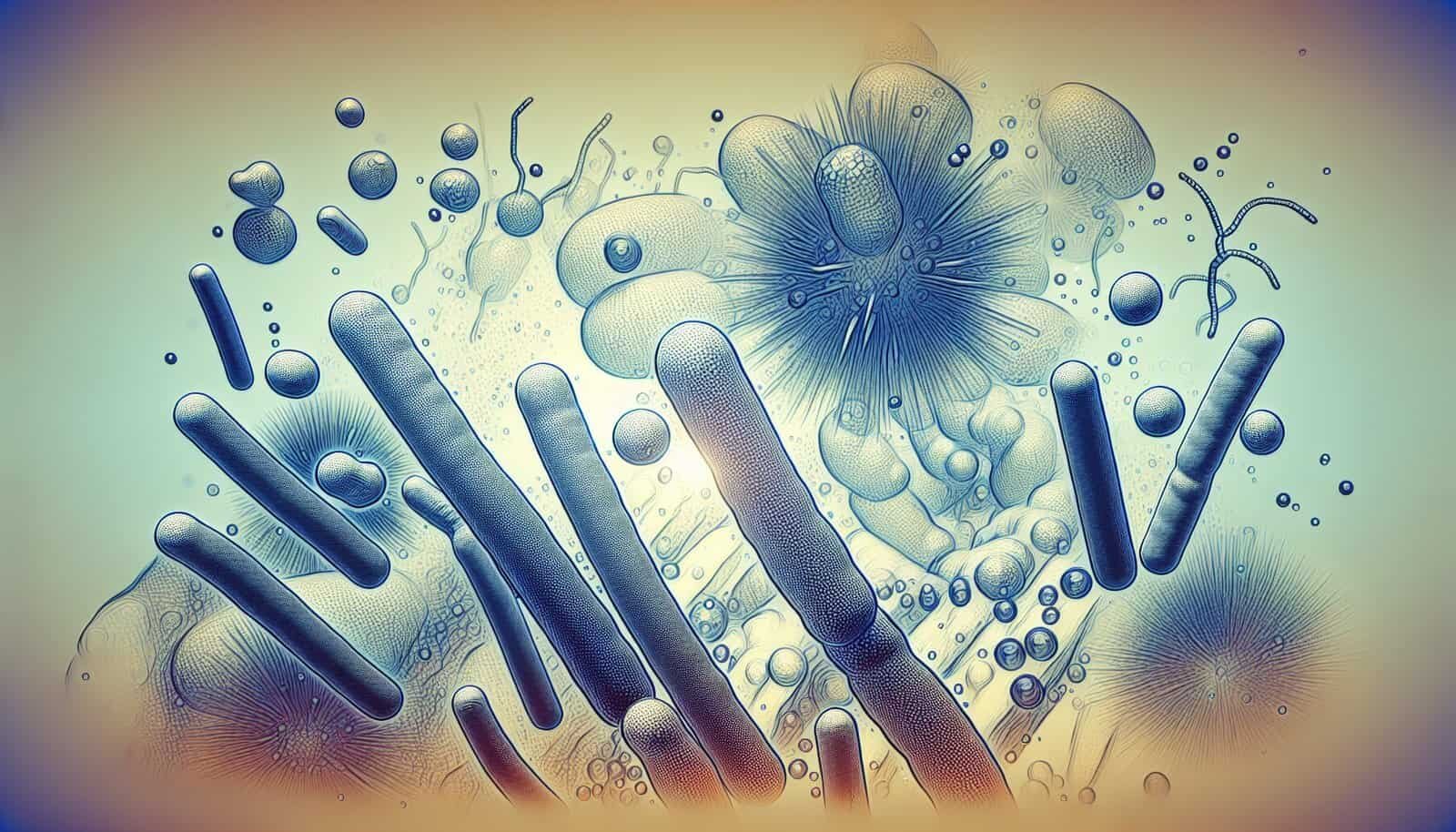Have you ever wondered what coliform bacteria are and why they matter to your health and environment? It’s an important question, as coliforms are a major indicator used in microbiology to assess the sanitary quality of foods, water, and other substances. Understanding what coliform bacteria are—where they come from, why they pose risks, and how you can test for their presence—is essential for maintaining a safe, healthy home and community.
What Are Coliform Bacteria?
Coliform bacteria are a group of closely related bacteria that are used as a microbial indicator of water quality and the cleanliness of various surfaces and substances. While not all coliforms are harmful, their presence can be an indicator of the possible presence of harmful pathogens. These bacteria inhabit the intestines of warm-blooded animals, including humans, and can be found in soil, vegetation, and water environments.
Types of Coliform Bacteria
It’s helpful to know that coliform bacteria can be subdivided into different groups. The most significant groups include:
Total Coliforms: This is the broadest type of coliform bacteria. While most are harmless, the presence of total coliforms indicates potential contamination in water and food supplies.
Fecal Coliforms: This subgroup is mainly associated with fecal contamination from warm-blooded animals. It includes bacteria like Escherichia coli (E. coli), which, in specific strains, can cause serious illness.
Escherichia coli (E. coli): E. coli bacteria are a specific species within the fecal coliform group. While many strains are harmless, some, like E. coli O157:H7, can lead to severe illnesses.
Why Are They Important?
Coliform bacteria are key indicators used across the world to assess the safety of drinking water and food. When these bacteria are identified, it often triggers further testing for pathogens responsible for illnesses. The presence of coliforms can suggest that there might be breaches in the system, such as sewage leaks, runoff from agriculture, or other events leading to contamination.
Sources of Coliform Bacteria
Coliform bacteria originate from a variety of sources, ranging from natural environments to human-made infrastructures.
Natural Sources
In natural environments, coliforms are found in soil and surface water. Rain can wash these bacteria into streams, lakes, and groundwater. Although natural sources might not always pose a direct threat, they can contribute to the overall presence of coliforms in water systems.
Human and Animal Waste
Fecal matter from humans and animals is a significant source of coliform bacteria. Improperly managed sewage systems, leakage from septic tanks, and agriculture runoff contribute to coliform contamination. This contamination can find its way into drinking water systems and agricultural produce if not adequately controlled.
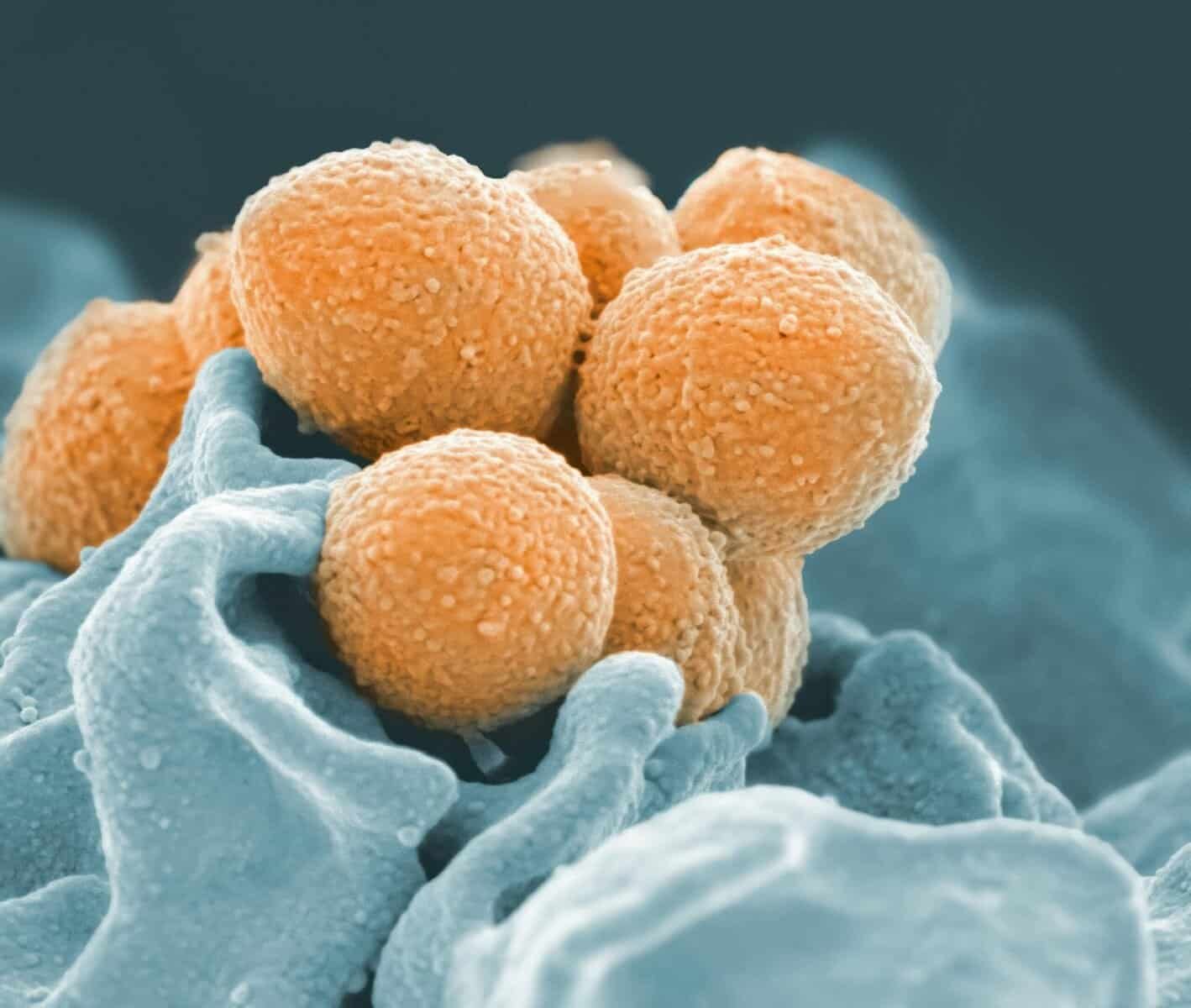
How Are Coliform Bacteria Detected?
Detecting coliform bacteria involves various testing methods that help identify their presence and type. This information is crucial for determining the potential health risks.
Water Testing
Water testing is the most common practice to check for coliform bacteria. When testing, samples are collected from different water sources, including wells, municipal water supplies, and bottled water. Common methods include:
Presence/Absence Testing: This simple test is used to detect the presence of coliforms without quantifying their number.
Membrane Filtration: This involves filtering a water sample through a membrane that captures bacteria, which are then incubated to allow for growth and identification.
Multiple Tube Fermentation: A method that estimates the number of bacteria based on the fermentation of lactose by coliforms.
Food Testing
Food testing is another critical area where coliform bacteria detection is vital. The food industry follows stringent guidelines to ensure food safety. Tests often involve growing bacteria on culture media and using indicators to identify coliform presence.
Household Testing
For personal or household testing, coliform testing kits are available. These offer a way to test your drinking water, especially if you rely on a private well.
Health Risks of Coliform Bacteria
While many coliform bacteria are harmless, their presence can indicate more serious health risks, primarily when harmful species are involved.
Minor Health Concerns
Drinking water containing coliforms could result in a minor upset stomach, nausea, or mild diarrhea, primarily if the individual has a weakened immune system or there’s a high concentration of coliforms present.
Serious Health Risks
Harmful strains of E. coli and other pathogens associated with coliform presence can cause severe health issues, including:
- Diarrhea, often bloody
- Abdominal pain and cramping
- Vomiting
- In extreme cases, kidney failure (especially in young children and older adults)
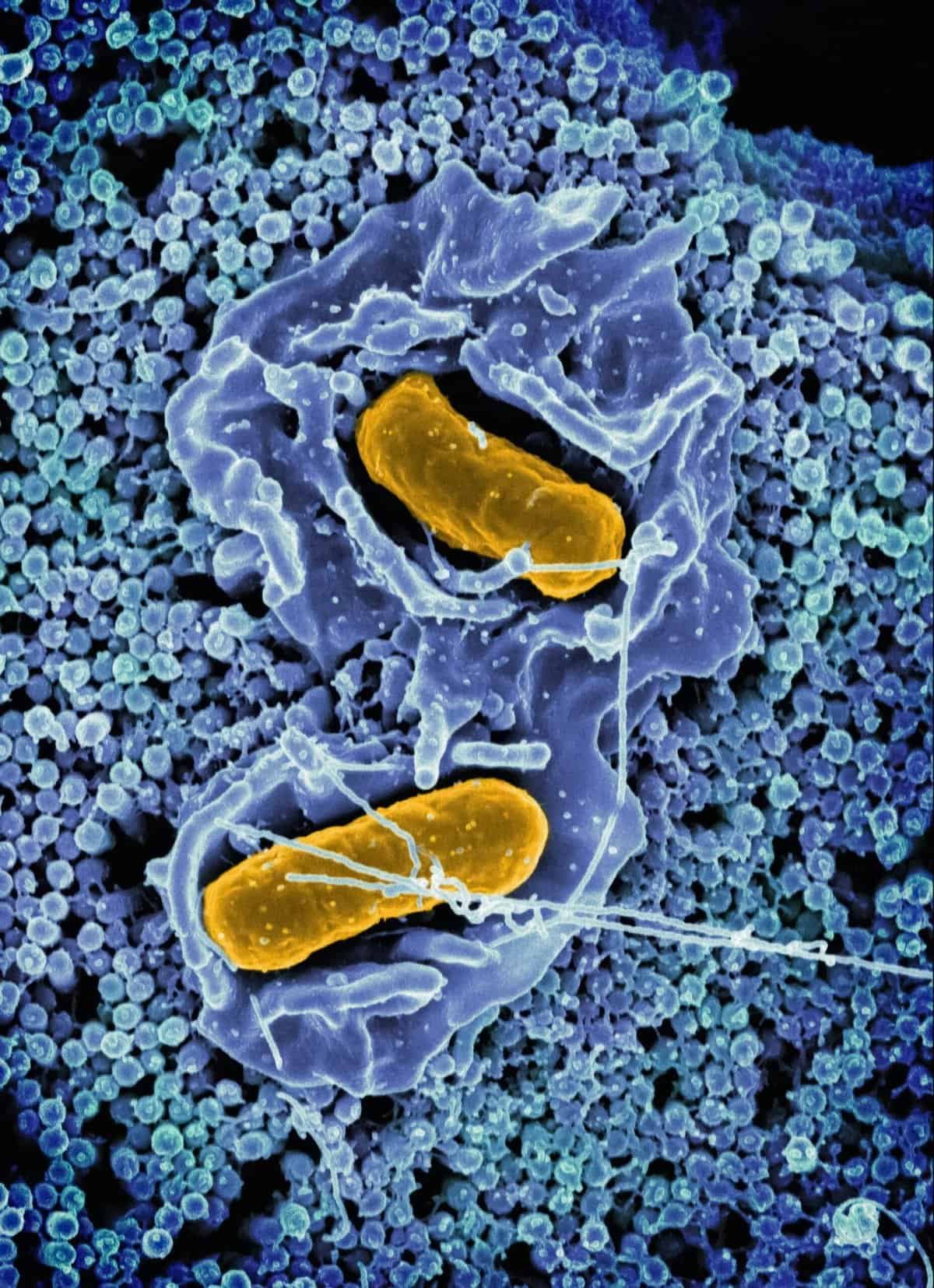
Prevention and Treatment
Knowing the risks posed by coliform bacteria, taking steps to prevent contamination, and knowing how to treat water and food is essential.
Preventing Contamination
Preventive measures include maintaining well systems properly, ensuring that septic tanks are not leaking, and keeping livestock and pets away from water sources. It is also essential to adhere to proper handling and cooking of food.
Treating Contaminated Water
If your water tests positive for coliforms, treatment is necessary. Boiling water or treating it with chlorine can kill most types of bacteria. For more severe contamination, alternatives like UV treatment or more advanced filtration systems might be required.
Ensuring Safe Food Practices
Cleaning fruits and vegetables thoroughly and cooking meats to the recommended temperatures can prevent coliform-related illnesses. Observing good personal hygiene and proper kitchen sanitation are equally important.
Why Do Coliform Levels Fluctuate?
You might be curious about why coliform levels vary in different areas or at different times. These fluctuations can result from various factors, ranging from environmental changes to human activities.
Seasonal Changes
Coliform bacteria levels can peak during certain seasons due to increased rainfall, which can wash more bacteria into rivers and lakes. Summer months often see higher bacteria levels as warmer temperatures create an ideal environment for bacterial growth.
Infrastructure Issues
Aging or poorly maintained water infrastructure can also cause fluctuations in coliform levels. Leaks or breaks can introduce bacteria into the system, highlighting the importance of regular maintenance and monitoring.
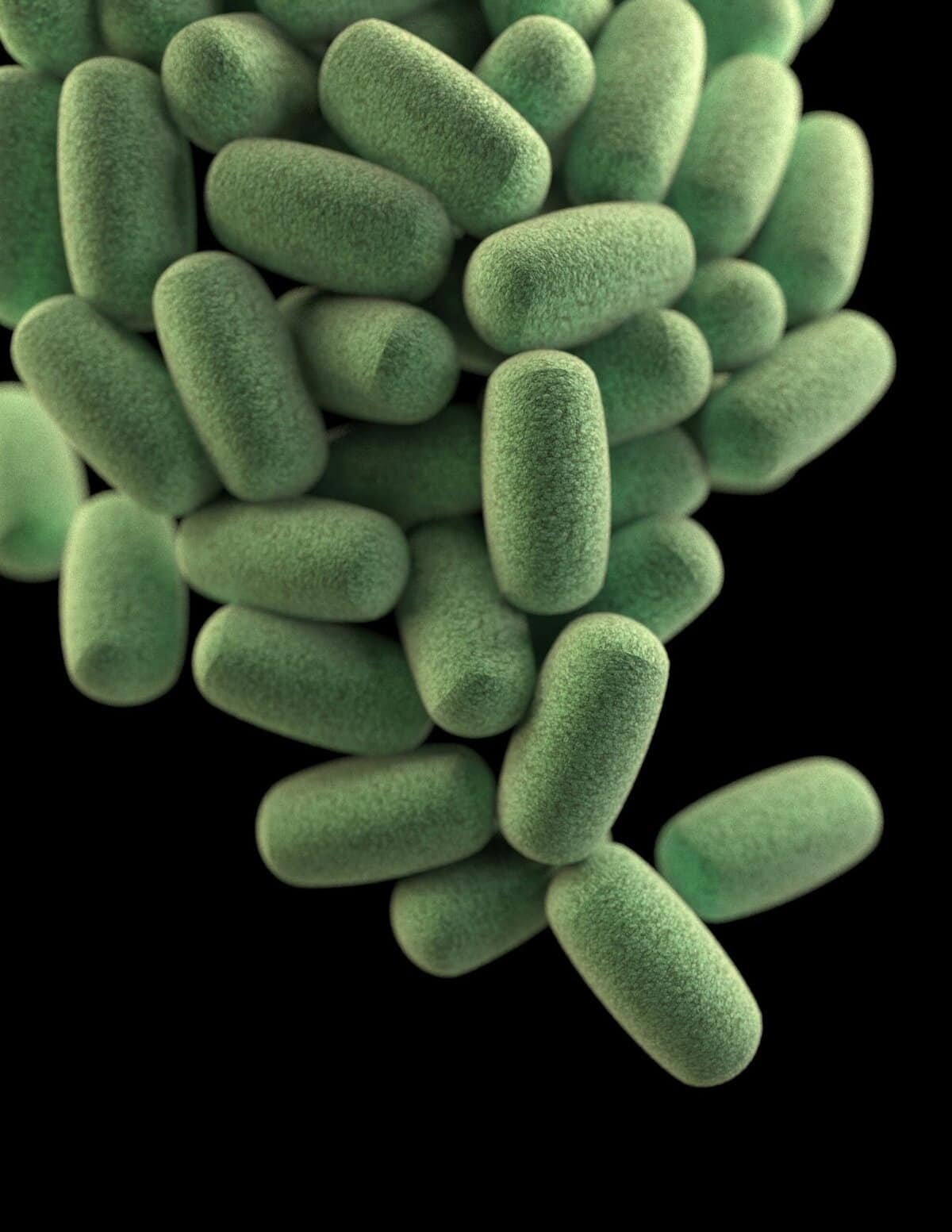
The Role of Regulatory Agencies
Regulatory agencies play a crucial role in monitoring and regulating coliform levels in water and food supplies to protect public health.
Setting Standards
Agencies like the Environmental Protection Agency (EPA) in the United States set regulatory standards for permissible coliform levels in drinking water. These standards are designed to ensure the water is safe for consumption.
Regular Testing and Monitoring
Water treatment facilities are required to conduct regular testing to monitor coliform levels. Regulatory bodies ensure compliance and provide guidelines for corrective actions when bacteria levels exceed safe limits.
The Impact of Coliform Bacteria on Ecosystems
While primarily known for their implications for human health, coliform bacteria also impact ecosystems significantly.
Influencing Aquatic Life
High levels of nutrients and bacteria, indicative of high coliform levels, can lead to algal blooms. These blooms deplete oxygen in the water, harming fish and other aquatic life.
Soil Health
Coliform presence can affect soil health as well. While some impact can be beneficial, high levels pulling from waste deposits can change the natural composition and productivity of soil.
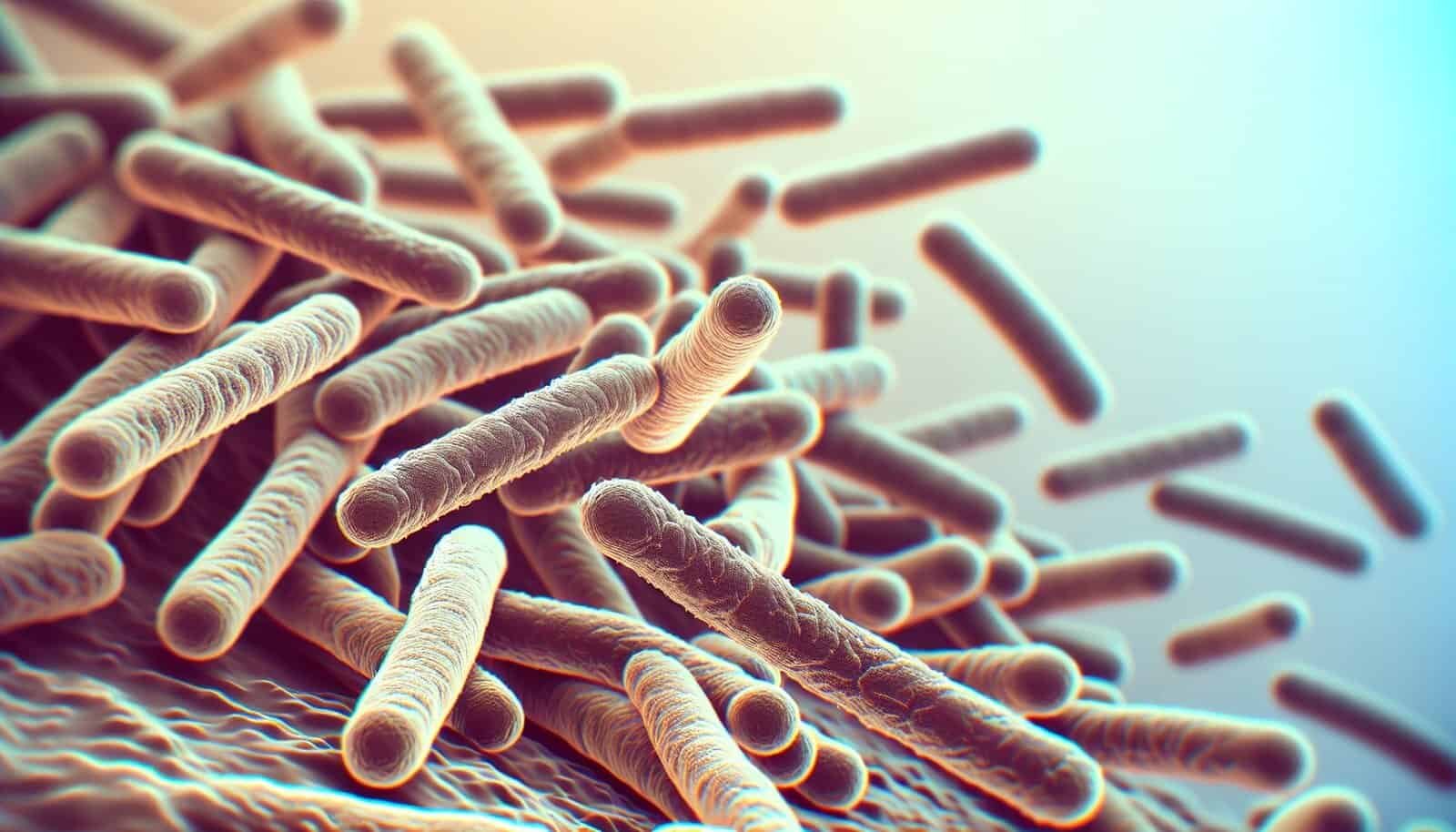
Conclusion
So, what is coliform bacteria? Understanding coliform bacteria involves recognizing their types, potential sources, implications for health, and methods of detection. Recognizing the signs of coliform contamination in water and food ensures you take proactive steps to secure health and safety. Taking preventative measures, adhering to safe practices, and staying informed about water and food quality regulations are all part of managing the risks associated with coliform bacteria. Your awareness and actions can maintain a healthy environment for you and your community.

